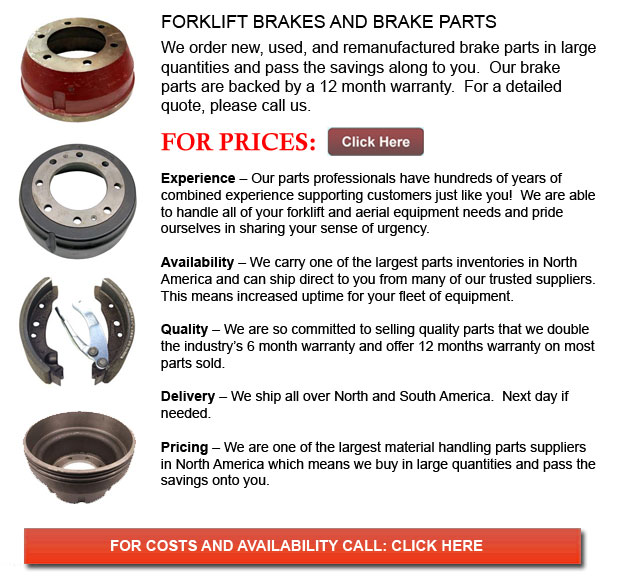
Forklift Brakes - A brake in which the friction is provided by a set of brake shoes or brake pads that press against a rotating drum shaped unit referred to as a brake drum. There are some particular differences between brake drum kinds. A "brake drum" is commonly the definition provided when shoes press on the inner outside of the drum. A "clasp brake" is the term used to describe if shoes press against the outside of the drum. Another type of brake, called a "band brake" makes use of a flexible band or belt to wrap round the outside of the drum. Whenever the drum is pinched in between two shoes, it can be called a "pinch brake drum." Like a typical disc brake, these kinds of brakes are rather uncommon.
Old brake drums, before nineteen ninety five, required to be constantly adjusted in order to compensate for wear of the drum and shoe. "Low pedal" can result if the required adjustments are not done satisfactorily. The motor vehicle could become dangerous and the brakes can become ineffective when low pedal is mixed together with brake fade.
There are different Self Adjusting Brake Systems available, and they can be categorized within two main types, RAD and RAI. RAI systems have in-built devices which avoid the systems to recover if the brake is overheating. The most recognized RAI manufacturers are AP, Bendix, Lucas, and Bosch. The most famous RAD systems comprise AP, Bendix, Ford recovery systems and Volkswagen, VAG.
Self repositioning brakes usually make use of a mechanism that engages only if the vehicle is being stopped from reverse motion. This stopping technique is suitable for use where all wheels utilize brake drums. Nearly all vehicles now make use of disc brakes on the front wheels. By functioning only in reverse it is less possible that the brakes would be applied while hot and the brake drums are expanded. If adjusted while hot, "dragging brakes" could occur, which raises fuel intake and accelerates wear. A ratchet device that becomes engaged as the hand brake is set is one more way the self adjusting brakes could work. This means is only appropriate in functions where rear brake drums are utilized. When the parking or emergency brake actuator lever goes beyond a particular amount of travel, the ratchet improvements an adjuster screw and the brake shoes move in the direction of the drum.
Situated at the base of the drum sits the manual adjustment knob. It can be tweaked making use of the hole on the other side of the wheel. You will have to go under the vehicle with a flathead screwdriver. It is really significant to be able to adjust each and every wheel equally and to be able to move the click wheel correctly as an uneven adjustment can pull the vehicle one side during heavy braking. The most efficient method to guarantee this tedious task is completed carefully is to either raise each and every wheel off the ground and hand spin it while measuring how much force it takes and feeling if the shoes are dragging, or give each one the exact amount of manual clicks and then perform a road test.
![]() Click to Download the pdf
Click to Download the pdf
Forklift Parts
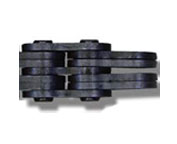
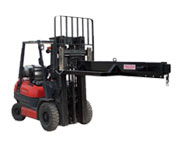
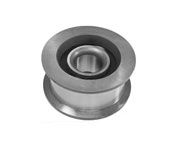
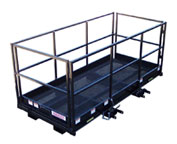
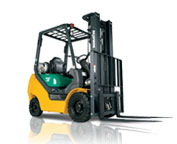
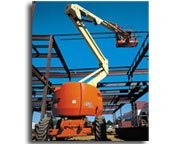
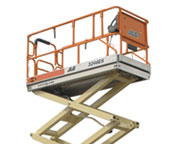
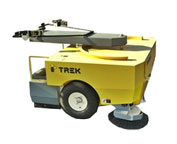
Lift Parts Express
TOLL FREE: 1-888-695-7994
Orlando, Florida
forkliftpartsorlando.com
Email Us
About Us


